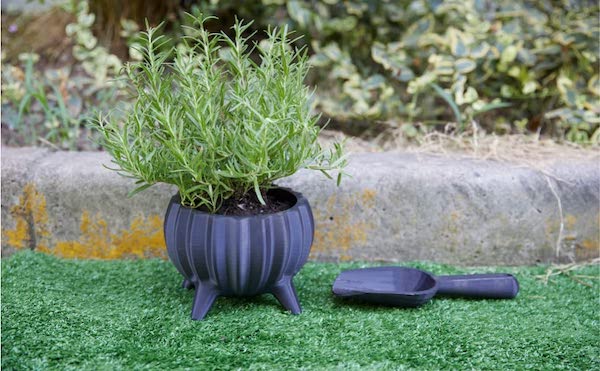Home

New Design
- Details
- Category: FDM (Fused Deposition Modeling)
- Hits: 328
Here is a new design I created with FUSION (Autodesk)
Printed on the Creality K2 PLUS FDM printer using Amolen PLA Shiny tri color (black, yellow, green) filament.
Using 0.4 nozzle and 0.2mm layers. Print required exactly eight hours print time.
140mm widest point and 110mm tall. shell is 5mm near bottom and 2.5mm at the top. There is a taper bottom to top in wall thickness.
I think it came out extreamly well! :)
Gallery 2/2025
- Details
- Category: Gallery
- Hits: 305
Recent designs created and printied up to February 2025. All are original design except the two pictures containing the stone carved B&W head images I obtained from the HueForge forum.

K2Plus With CFS
- Details
- Category: Hardware
- Hits: 469
Update to the K2Plus with the CFS (Creality Filament System)
I have worked with the CFS for a couple of weeks. No problems with its operation and I enjoy having it available.
2024 Gallery
- Details
- Category: Gallery
- Hits: 382
Scraped together another bunch of my 3D prints. Some, not all of them. I have printed well over a thousand. These are all original design, That is what I like to do. Design! These were all created in the year 2024.
Page 2 of 3

